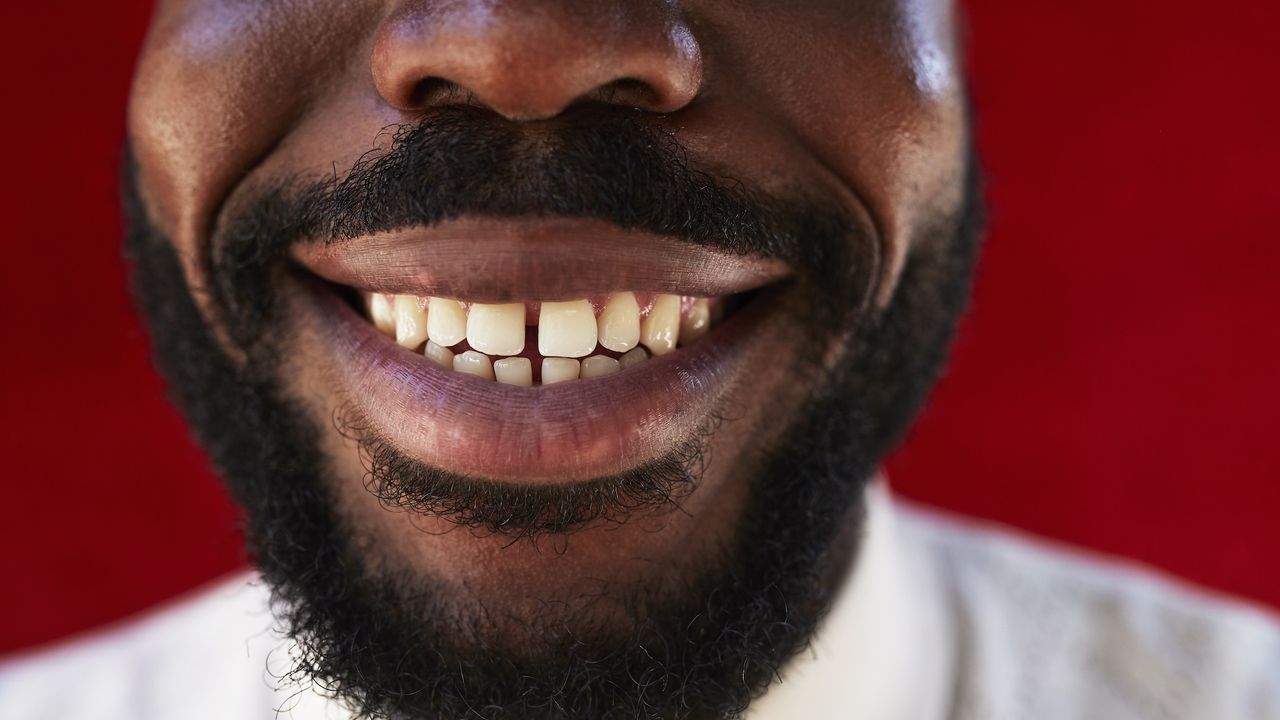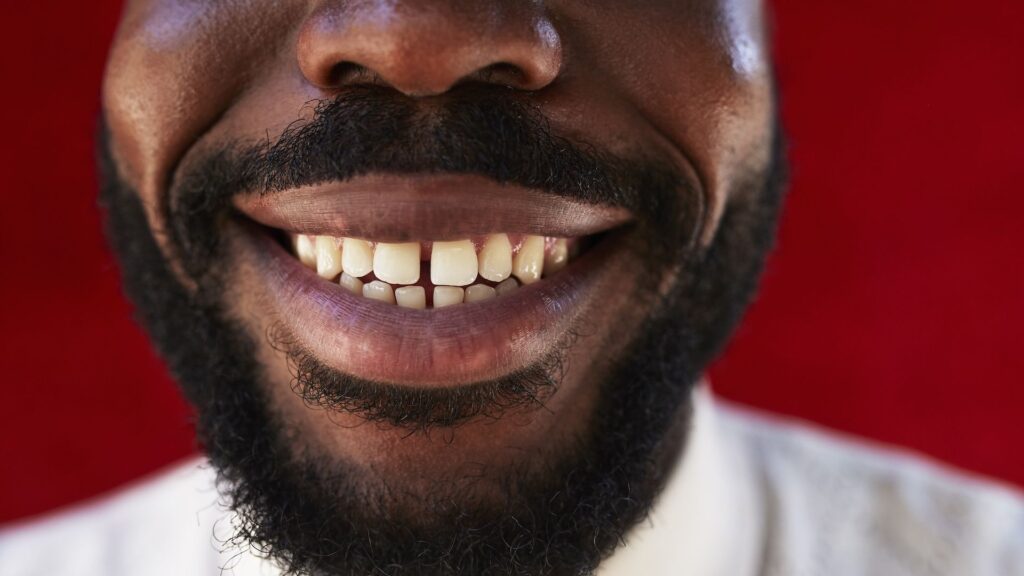
Scientists have discovered huge, mysterious pieces of DNA in the oral microbiome — the population of bacteria and other microbes living in our mouths — and they say this giant DNA might influence the human immune system.
It’s well known that we have plenty of bacteria in our mouths and that these microbes can have both positive and negative impacts on our oral and overall health.
The study provides a “new puzzle piece that is a step in understanding the oral microbiome, human health, and human disease,” Floyd Dewhirst, a professor at the ADA Forsyth Institute who was not involved in the research, told Live Science in an email.
Microbiome studies, which have flourished in the past decade, have shown that the microbiomes across the body play major roles in human health and disease. Researchers have identified the types and proportions of different microbial species that live in places like our mouths and guts, and then used that data to see how differences in those features are linked to our health.
Over the years, the genomes of these species have been studied extensively but conventional genetic analyses have not yet been able to explain all of the links between our microbiome and overall health status.
Researchers in the Yutaka Suzuki lab at the University of Tokyo wanted to explore these missing data and were inspired by the recent discovery of giant extrachromosomal elements (ECEs) in bacteria living in soil. ECEs are pieces of DNA that are separate from an organism’s main genome. In humans, our mitochondrial DNA — stored in the powerhouses of our cells — is an ECE. In bacteria, a commonly known small ECE is called a plasmid.
Lead study author Yuya Kiguchi, who is now a researcher at Stanford University, and his colleagues in the Suzuki lab predicted that giant ECEs could be found in bacteria living in places other than soil.
“Maybe many of these giant extra chromosomal elements are found in the environment, the microbiome field, or pathogens,” Kiguchi told Live Science. “But we don’t know any examples of this kind of giant extra chromosomal element from the commensal [human] microbiome.” Commensal microbes are those that live symbiotically in or on the human body.
Using saliva samples from hundreds of people, the researchers found, for the first time, that giant ECEs also exist in our oral microbiome. The research team named these giant pieces of DNA “inocles;” the name stands for “insertion sequence encoded; oral origin; circle genomic structure.” They also found that approximately 74% of people in their study possessed these inocles in their oral microbiome.
So why is this the first time inocles have been discovered? Most genetic experiments in bacteria use short-read DNA sequencing methods. This involves cutting a cell’s DNA into smaller pieces, reading their code, and then assembling the bits into a full genome using a computer. While this method of sequencing can easily detect small ECEs, like typical bacterial plasmids, inocles are too large and complex for short-read sequencing to spot.
Using long-read DNA sequencing — a costlier and more time consuming method in which much larger pieces of DNA are sequenced and stitched together — the scientists could identify these large chunks of extrachromosomal DNA in the bacteria of human saliva samples. By correlating those results with blood samples from the same people, they also found that differences in the levels of inocles is associated with differences in the immune system, including the immune response to certain bacterial and viral infections.
Sixty-eight people in the study had either a type of head and neck or colorectal cancer, and these individuals had lower levels of inocles in their oral microbiomes compared with the people without these cancers. That raises the possibility of using these newly discovered giant chunks of DNA as future biomarkers for cancer, the study authors suggested.
As a next step, the researchers aim to grow these inocles in the lab so they can further investigate their function and how they can spread between bacteria and people.
“Now that we know that inocles exist, we can try and figure out their functions and potential roles in health and disease,” Dewhirst said.
